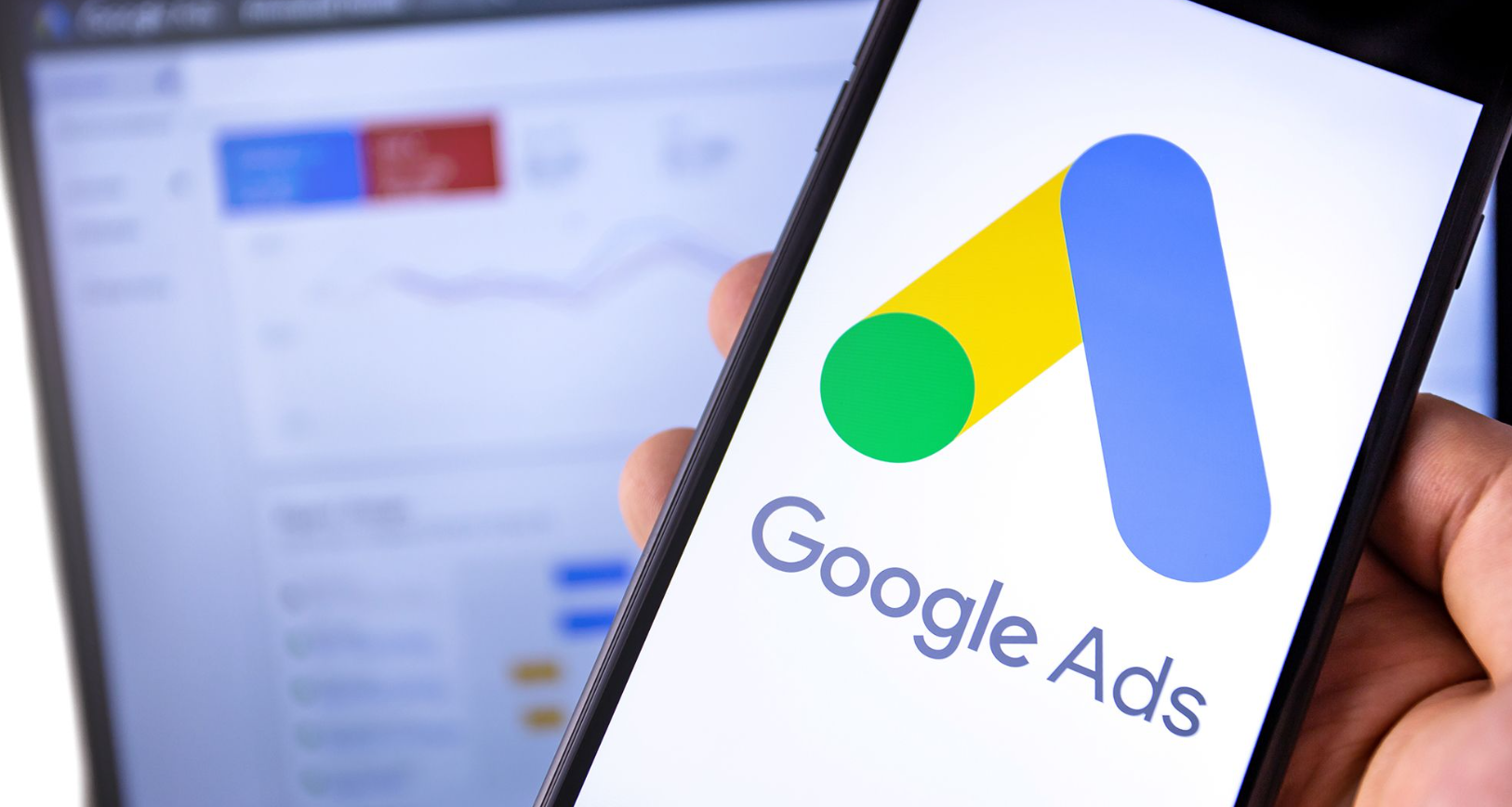In online-environment-oriented digital advertising, the ultimate success of your pay-per-click (PPC) campaigning largely depends on its optimization for clicks, conversions and return on investment (ROI). One of the most forceful components of the great assets Google Ads has to offer is conversion tracking. Conversions are such an essential part of your campaigns and in monitoring them properly, you obtain crucial feedback to let you make informed judgments on performance and optimization. In this blog, we will 6 conversion tracking tips that you need to understand to master PPC management in Google Adwords.
Set Up Conversion Tracking Correctly
It is a good idea to wait with campaign optimization until you are sure that your conversion tracking performs flawlessly to prevent losing customers. To accomplish this goal, start by identifying the definite conversion steps that you want to see on your website, which may be contact form submissions, phone inquiries, or products purchases. Set a Google Ads conversion tracking tag on your website or use other conversion methods such as Google Analytics. Assure that conversions are logged in real-time to create clean data that can be fed into analysis tools.
Use Conversion Tracking for All Campaign Types
Regardless of the platform be it Search, Shopping, or Display campaigns, conversion tracking should be applied to all campaign types. Every page, however, is used for a different reason, but it is still oriented to create a sale. Tracking conversions for each campaign category helps you to navigate which channels are delivering the most conversions and allows you to design your budget accordingly. Besides this, the directed approach makes sure that you do not waste resources by maximizing the effect of PPC Management activities.
Attribute Conversions Correctly
For effective PPC management and the accurate allocation of the entire customer path, it is crucial to assign conversions properly. Besides ad-part attribution models (last-click, first-click, and data-driven attribution) Google Ads also has to offer. For different conversion attribution models, you should try them to decide which one is better for explicating the touchpoint contribution to the conversion. Data-based attribution, in this respect, is an analytical approach that uses the context of the most effective connections as its basis for assigning credit.
Implement Conversion Tracking for Mobile Devices
For mobile-friendly PPC management, it is essential to track feature phone conversions because users now tend to prefer mobile device browsing. Set up the conversion tracking correctly to get conversions from all devices including not just PCs but also tablets and cell phones. Making the most out of your mobile landing page performance can be achieved by taking a user-friendly and responsive approach and focusing on specific metrics which include the number of clicks that have led to phone calls. The mobile service is fast-moving, therefore it is of paramount importance to define the user behavior that your mobile ads elicit to effectively target users on the go.
Track Micro-Conversions
PPC Management that is successful focuses not only on macro conversions of, for example, sales and sign-up but also micro-conversions that may involve blog post views, downloads of eBooks, or the venue for newsletters. These micro-action topics are effectively an individual’s stage of life bringing them closer to a macro conversion. Tracing micro-conversions provides you with user behavior data and when recognizing the bottlenecks at each funnel stage, you will know what to improve at.
Analyze and Optimize Continuously
The process of conversion tracking isn’t the end of setup because it needs to be followed up and improved consistently for repeated running of your PPC campaigns. Regularly revise your conversion data, and determine trends and patterns, thus you may brace yourself to amend your bid reachability, ad creative, and key demographics. Try with various ad content, landing page layouts, and target groups to fine-tune and achieve a more effective conversion. While reacting to performance metrics changes and keeping a proactive attitude you can improve the effectiveness of your PPC management with a closed eye.
Conclusion
The precise conversion tracking is worth its weight in gold when it comes to running Google Ads PPC campaigns promptly and properly. These six best practices guide you to assess precisely the working of your campaigns, therefore improving the measures and lastly enhancing conversions. By using a “data-driven” PPC management, you obtain your business objective and can extract the ROI from your ad spend.
Read More: How White Label PPC Advertising Services Drive Business Success





